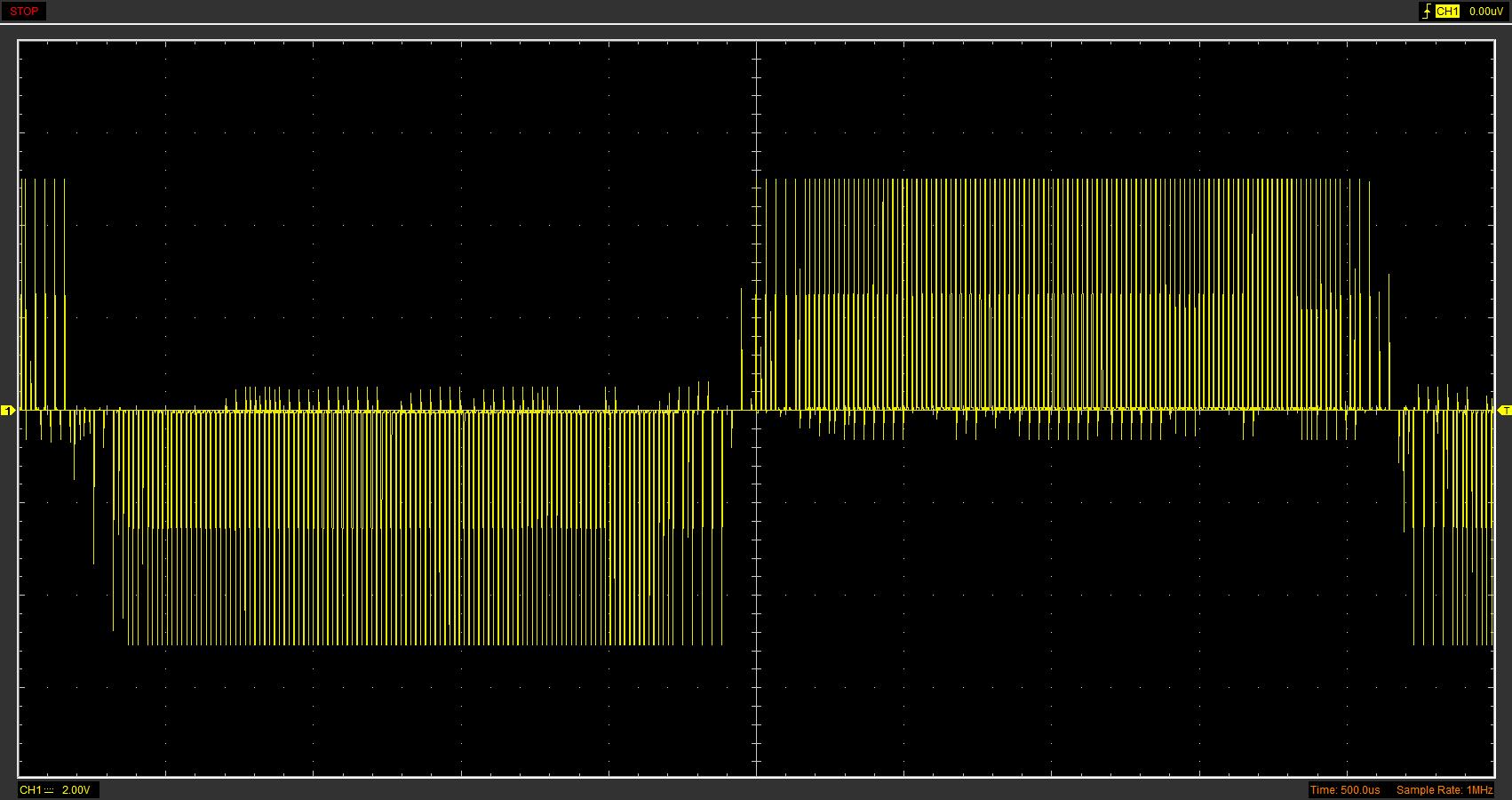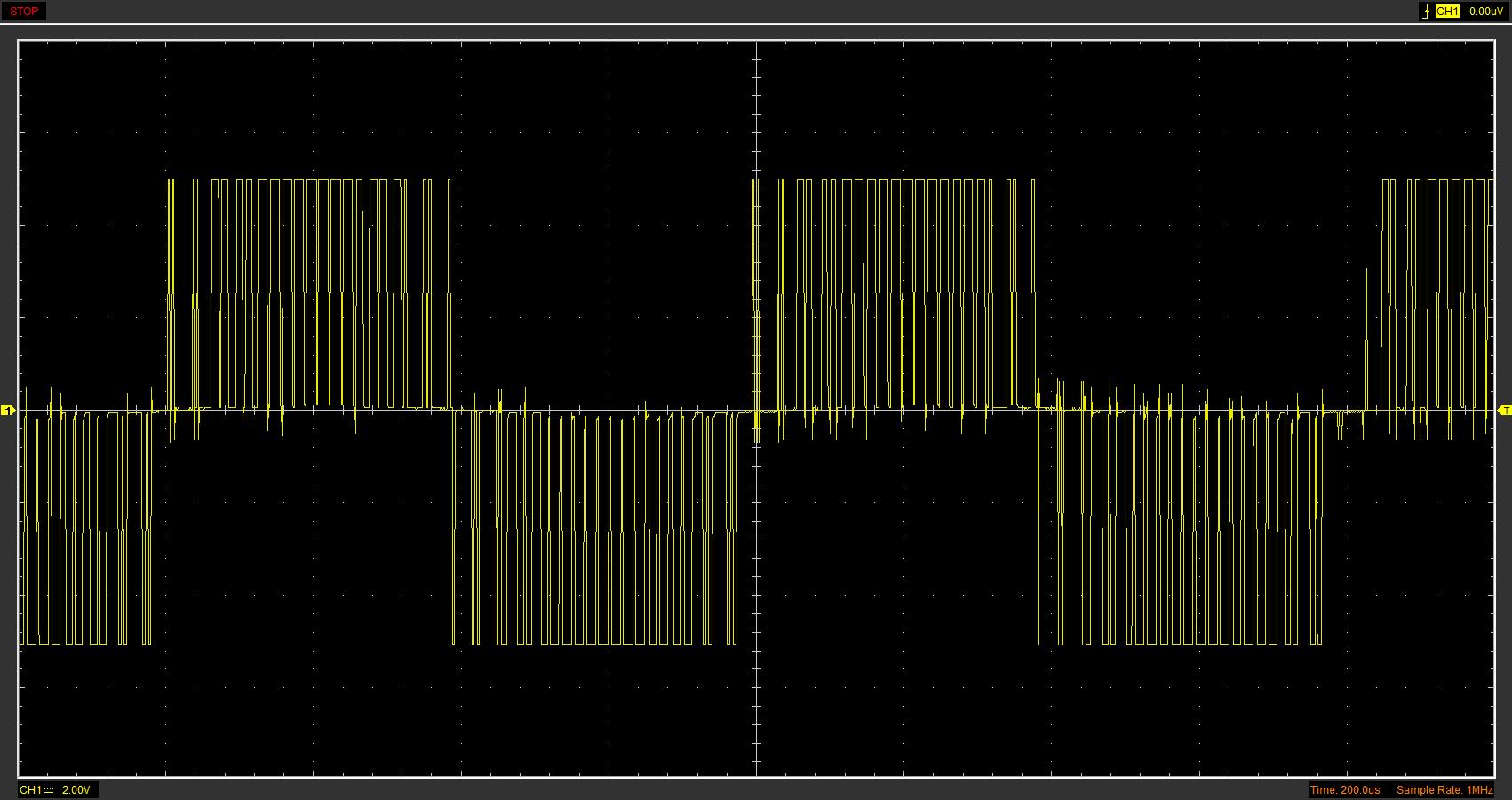Hi everyone, I have been reading in the "shadows" for sometime now, and decided it was time to speak up.
Where my head is at ATM:
Has anyone ever entertained the notion of hijacking the electronics on a phantom to drive larger ESC's and thus create a larger QC? In theory, you could use all of the onboard electronics and even utilize DJI's firmware and the Go app. I'm thinking it wouldn't be too much more than tapping into the PWM to each "native" ESC.
Anybody?
Where my head is at ATM:
Has anyone ever entertained the notion of hijacking the electronics on a phantom to drive larger ESC's and thus create a larger QC? In theory, you could use all of the onboard electronics and even utilize DJI's firmware and the Go app. I'm thinking it wouldn't be too much more than tapping into the PWM to each "native" ESC.
Anybody?









